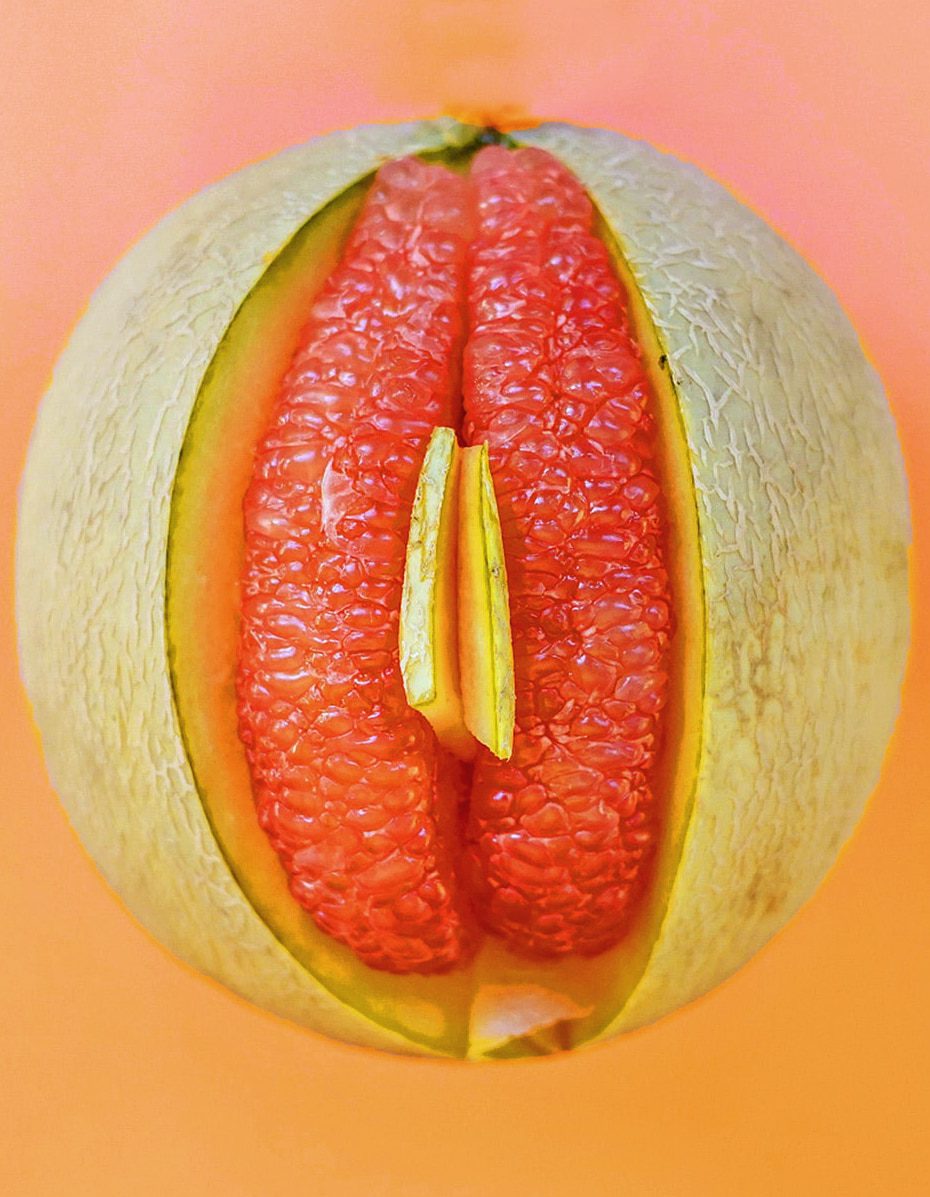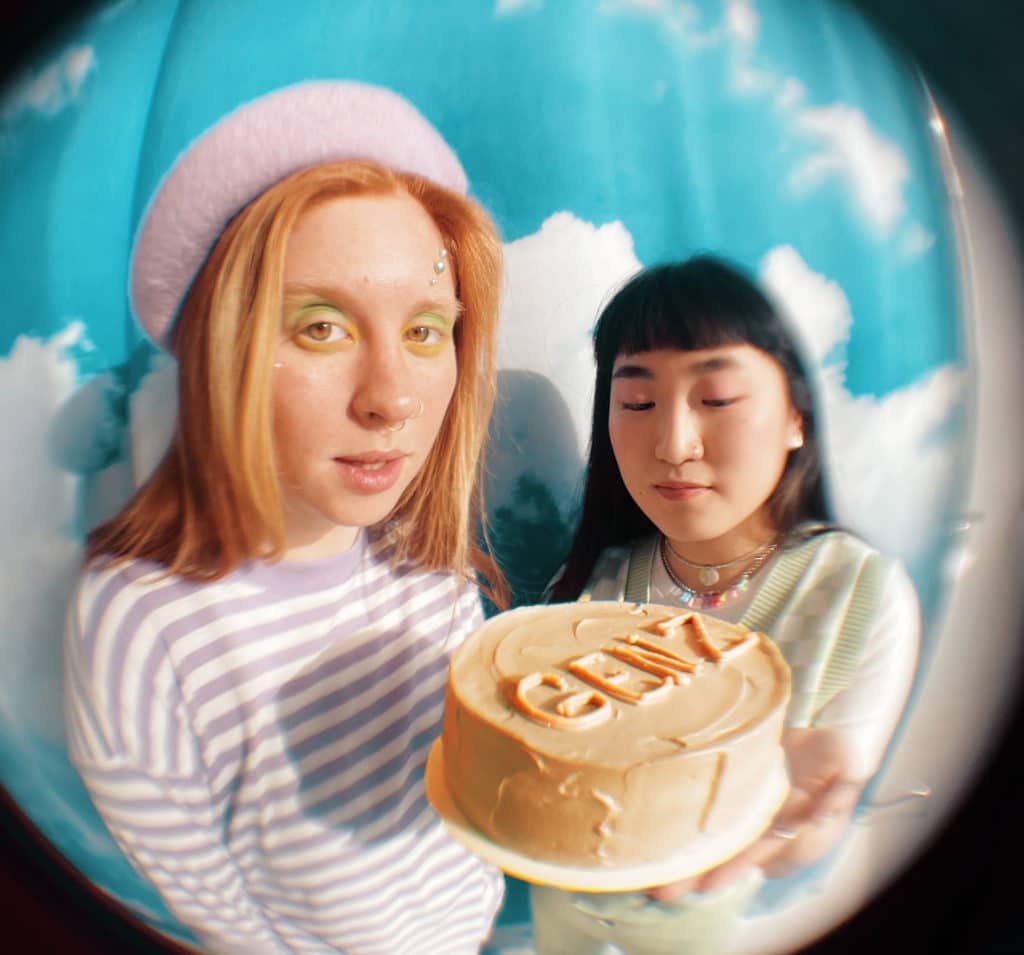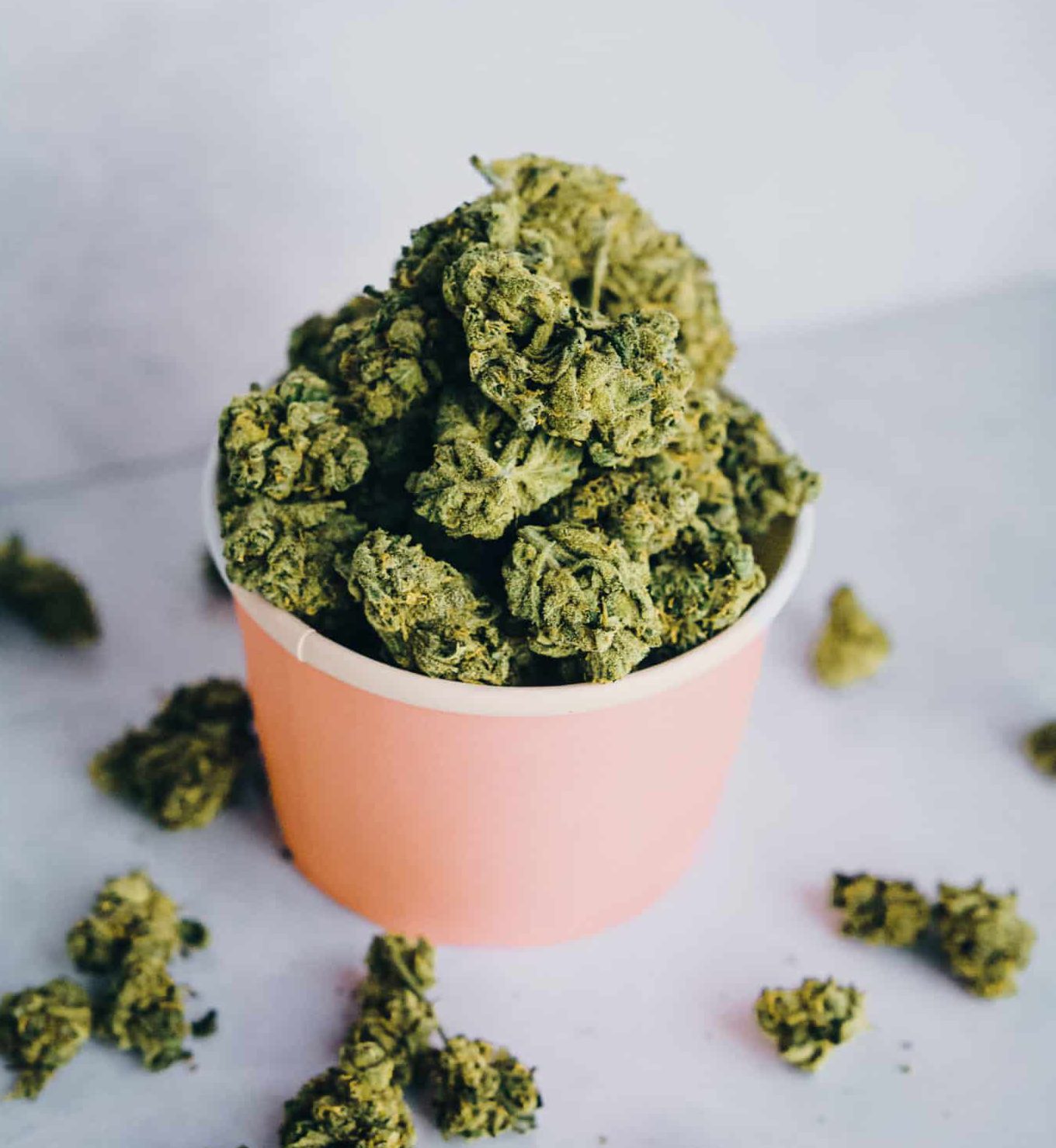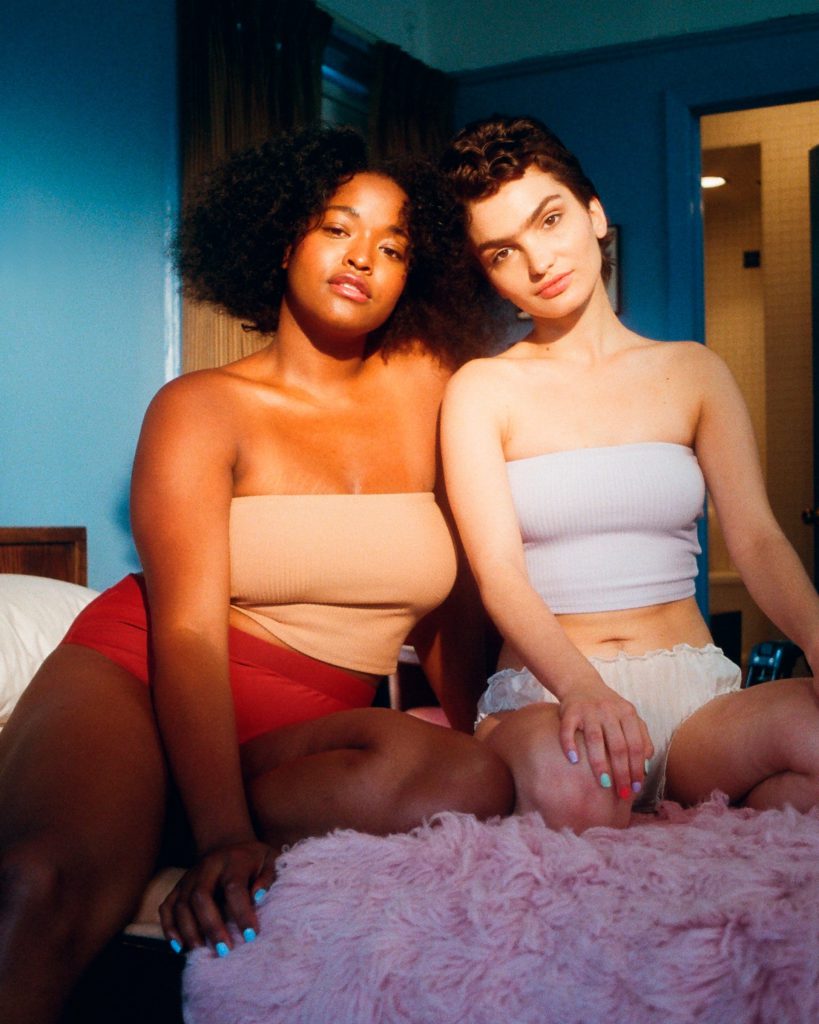What does taboo mean to you?
The Oxford Dictionary defines the word taboo as something which is “prohibited or restricted by social custom”. And as social customs differ depending on time and place, so do taboos.
What is wrong in one era is right in another. What is a gift in one place is a sin in the next.
Taboos are unspoken codes which rise and fall with the turning tides of society. For brands and businesses, it is always important to keep a finger on the pulse of what is taboo. And for a long time that task was relatively simple. National cultures and identities were hegemonic – and a small selection of media channels could reach audiences en masse.
But no longer.
The world we live in today is digital, diverse and globalised. Equally it is far more polarised. The media landscape is fragmented, and consumer behaviours vary dramatically across demographics. Ofcom today finds that only 38% of British adults read a newspaper, down from 51% in 2018. Instagram and TikTok are now the most popular news sources for 16-24 year olds.
And with varied habits comes varied values.
Every generation inherits a world shaped by the ideals of their predecessors. But the rate of change between generational values is accelerating in the information age – and there is a lucrative opportunity for brands to adapt their storytelling and positioning strategy as taboos transition from the sidelines to the mainstream.

To me, taboo
Millennials and Gen Z are more open and transparent than the generations before them. Access to online information and social media has empowered consumers and brands to reframe the narrative and start a new conversation.
Forward thinking brand storytelling is elevating the conversation in an accessible, positive and engaging way, speaking to consumers with thoughtful, sleek design predicated on concrete cultural insights.
Cannabis and CBD
Attitudes to Cannabis-related products are changing around the world – and this is empowering strategic innovation from Cannabis-fuelled brands looking to step into the mainstream.
Higher Standards, an upper-market cannabis store, has an in-store experience which feels more akin to Urban Outfitters than any kind of medical dispensary. The design makes buying cannabis feel as trendy and socially acceptable as shopping for clothes.
The opportunity for innovation stretches into various vertical sectors. Brands like Canni-Co and Edi are looking at innovative ways to incorporate CBD products into spirits and the non-alcoholic drinks space.
Destigmatising women’s health
Women’s health is a category which has been neglected for decades. Now we are witnessing a wave of brands breaking down taboos with meaningful, creative work which reflect the changing currents of society.
Thinx changed the conversation around menstruation – galvanising women with a powerful message by creating a brand they can be proud of being a part of. Whilst Bodyform’s ‘blood normal’ campaign made a global impact as it abandoned blue liquid in favour of the first real depiction of menstrual blood in an ad campaign.
Speaking about sex
For most of the modern era, the subject of sex was limited to the bedroom. And gossip magazines. But now brands are progressing the conversation in public spaces.
Dame, a sexual wellness brand are removing the stigma and silence around women’s pleasure by creating new consumer rituals such as ‘Self-love Sunday’s’.
Maude has built its brand around the mantra that sexual wellness is self-care. They’ve gained a cult following for their sleek design, pleasure-positive messaging as sexual wellness becomes increasingly destigmatised across the gender and sexuality spectrums.
For men, Him’s offers DTC prescriptions for erectile dysfunction. The brand design and experience is millennial-friendly with fashion-forward, discreet products.
These innovative approaches have effectively moved the conversation forwards because they tackle taboo subjects with authentic humanity. These brands don’t feel distant or clinical. It’s more like speaking to a friend rather than a pharmacist.
It takes bravery to challenge an outdated taboo and tell a brand story in uncharted territory. But in recent years we have seen how this innovative thinking has allowed brave brands to break through and stand out.

Brands without shame
With every generation comes a rejection of the values of their predecessors.
As taboos shift, purposeful brands have the opportunity to break down boundaries. But to do this effectively you need an in-depth understanding of how to tell your brand story and strategically position yourself in-line with the cultural currents shaping consumer behaviour.
At Haines McGregor, we specialise in helping brands understand and leverage these ever-evolving sociological forces. Join us on 21st of September for our session on How To Harness Macro Trends & Make Them Actionable – where we identify trends and explore the opportunities for brands to effectively leverage them. Click here to register.
What is taboo is constantly changing. And within this change lies a powerful opportunity for meaningful brands to differentiate themselves and achieve meaningful cut-through.






